A wide array of tools
 We track specific types of fibroblasts, we trace normal and tumor-initiating stem cells and we ablate or re-activate genes in specific cell types of interest by employing knock-in, knock-out, and flox-stop genetic mouse tools.
We track specific types of fibroblasts, we trace normal and tumor-initiating stem cells and we ablate or re-activate genes in specific cell types of interest by employing knock-in, knock-out, and flox-stop genetic mouse tools.
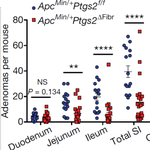
We employ genetic and inducible murine models for Ulcerative Colitis, Crohn's Disease, colon cancer, gastric cancer, intestinal fibrosis, liver fibrosis and cholangiopathies and we obtain quantitative phenotypic data by clinical, histopathological, flow cytometry-based and imaging-based analyses.
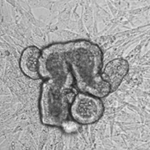
We model the intestinal stem cell niche and its mesenchymal microenvironment and we study its function in vitro by employing 3D co-cultures of epithelial organoids with fibroblasts isolated from the mouse or the human intestine. We also use 2D or 3D primary cultures of fibroblasts as in vitro models for the study of signaling pathways, for transcriptional profiling and for other cellular and molecular assays.
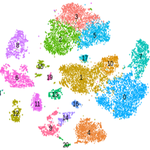
We discover novel cellular and molecular pathways that may be important in tissue homeostasis and in disease by using single-cell transcriptomics, ATAC-seq and spatial approaches in mouse and human tissues and in our in vitro experimental systems. By leveraging a suite of bioinformatic tools, we learn new biology from this data.
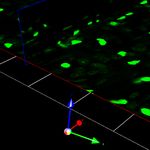
By employing fluorescent reporter mice, immunostaining techniques, confocal and 2-photon microscopy, electron microscopy and spatial transcriptomics, we visualize specific fibroblast populations and other cell types, we map the topography of the mesenchyme and we monitor its dynamics in disease.
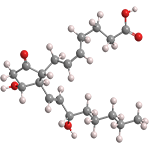
We measure the abundance of hundreds of lipids, including bioactive lipids such as eicosanoids, in tissues and in cell cultures, by liquid chromatography-tandem mass spectrometry (HPLC-MS/MS).

We collaborate with GI surgeons and pathologists in a "hands-on" manner, to obtain precisely cut tissue specimens from patients. We use this material for imaging analyses, for the isolation and culture of fibroblasts and epithelial crypts/organoids and for omics analyses.

By engrafting human tissue or human hematopoietic stem cells in immunodeficient mice, we generate chimaeras in which we study the function of human stromal or human immune cells in vivo.

